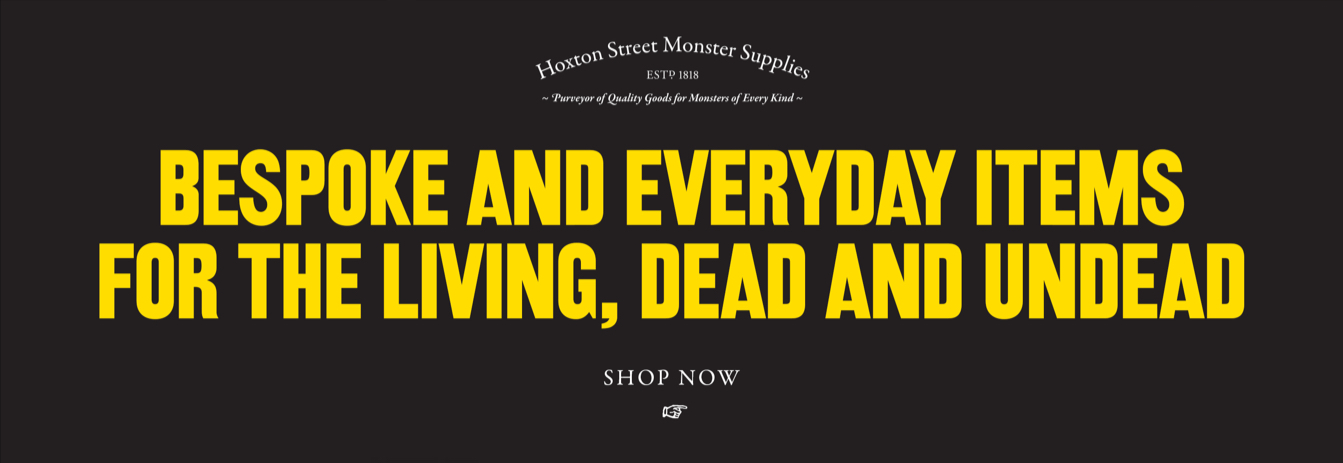Age: Key Stage 2
Time: 50 minute lesson
Catching up with old friends
It’s amazing how, even when you spend all day on Facebook, Instagram and Twitter, getting a thoughtful note from someone you know is still a treat. This lesson will help your class surprise friends or family with a personal letter.
Resources:
- whiteboard
- pens and pencils
- writing paper
- envelopes
- decorations
- stamps if you’re going to send the letters (we definitely recommend this!)
1) Thinking about what to write
First, the children will need to have a think about who they want to write to. You could encourage them to consider which relatives would find it a particular treat, perhaps someone they haven’t seen for a long time. Of course, they can also write to people they see every day – including others in the class!
Then, as a group, get the children to suggest ideas for what they could include in their letter. Put these up on a whiteboard or flipchart. To help with the drafting, collect ideas into categories like:
- Sharing – remembering what you’ve shared with the person you’re writing to
- Telling – interesting things that have happened to you recently
- Wishing – any hopes or wishes you’d like to share with the person you’re writing to
If you want to give your group more time to think about who they could write to, spend some time developing a family tree. Alternatively, if they might need help developing autobiographical details, have a go at our question carousel activity.
2) Drafting family letters
Using the ideas from the board, children can start writing their personalised letters. You can share the example format at the end of this page to help with the drafting.
At this stage, it doesn’t matter if there are crossings out etc., as the children will have a chance to perfect their writing.
3) Writing in neat
As these letters have an intended audience, encourage children to take care with their presentation. They can use their skills in decorating and embellishing to make the letters and envelopes into something exciting to receive.
Encourage the class to bring in any replies to share!
Hints and Tips
Children may want to write letters they won’t be able to send (e.g. perhaps to a relative who has died, or who they are not allowed to be in contact with). Of course, this needs some sensitive handling, but writing the letter can be a helpful, therapeutic exercise, even if it is not eventually sent.
You could include a mini-sharing after the drafting, where children get feedback from each other about their letters, to give them an idea of any changes to make before the final draft.
Example letter format
Dear….,
- SHARING – ask how they are; say you’re writing to say hello; share a memory you have together
- TELLING – 2-3 interesting things that you can say about your life at the moment (what’s happened? What might make them laugh?)
- WISHING – sign off with a good wish for them (hope they’re well? Hope to see them soon? Would you like to get a letter back?)
Best wishes, (or Love from, or Yours,)
The Chief





